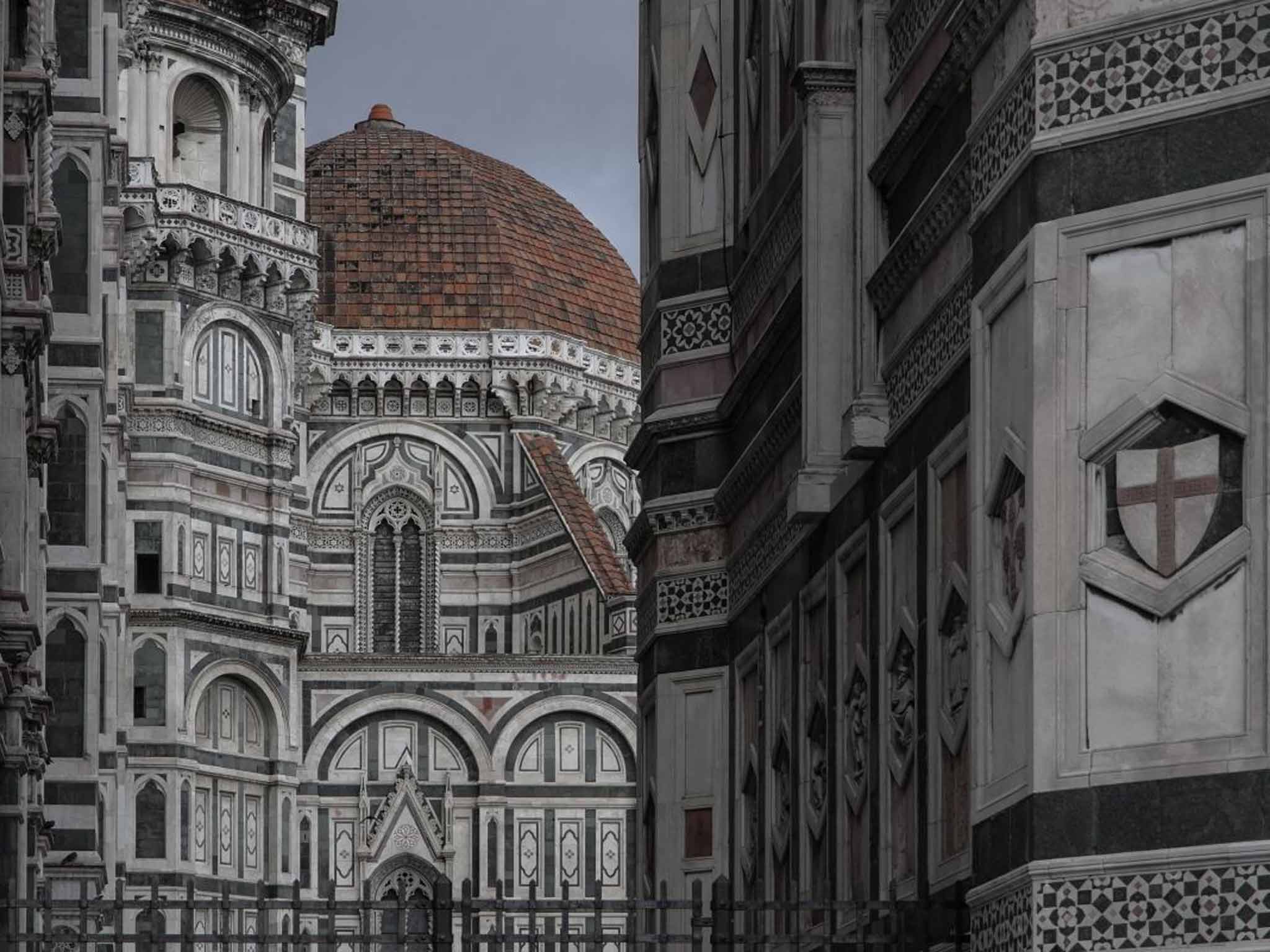How to photograph great buildings: From wide-angle lenses to shutter speeds

It's often the natural wonders of the world that catch your eye when travelling, yet there are numerous man-made contributions that are well worth training your camera on. Buildings impart a sense of time and place, and attribute human scale to your images. From Baroque to baronial, from the sophisticated to the sublime, the visual opportunities are limitless.
Wide-angle lenses are often considered de rigueur for architectural photography, but don't overlook the merits of a short telephoto lens to highlight architectural details. As the name suggests, wide-angle lenses are able to accommodate a wide angle of view, and can be essential in tighter spaces, but always be mindful of the effects of distortion to your images.
Wide-angle lenses from 18mm to 24mm will create impact but often give the impression that the building is toppling over backwards. Traditionally, this anomaly was negated with the use of tilt-shift lenses, allowing the user to adjust manually for imperfections. Tilt-shift lenses require the use of a tripod for absolute accuracy but this phenomenon can be corrected in an instant in post-processing with the aid of software such as Adobe Lightroom or Photoshop.
For a more thoughtful representation, the standard 50mm will prove effective. The focal lengths between 85mm and 135mm are often overlooked in favour of the more dynamic thrills of wide-angle photography. Lenses in this range require more forethought and compositional consideration. Telephoto lenses flatten perspective and reduce the sense of depth. However, shooting in a deliberate and considered manner will increase your powers of observation and improve your photographic ability in the process. Isolating architectural details with short telephoto lenses can yield satisfying results, or put more evocatively by celebrated German architect Ludwig Mies van der Rohe: “God is in the details.”
When it comes to aperture and shutter speed you will typically be shooting between f/8 and f/11 at 1/125 second or longer. Shooting at a smaller aperture (larger f-number) will keep everything in focus from the foreground to the background.
Although an invaluable tool to frame your images, a tripod is often impractical. Consider instead the Joby GorillaPod. With its flexible-jointed legs, this mini tripod can be attached to fences, hug street lamps, perch on walls or squat at street level to provide stability. In combination with the spirit level function available on many DSLRs and digital compact cameras, you have an ideal set-up to insure the verticals and horizontals in your images are indeed just as the architect intended.
Subscribe to Independent Premium to bookmark this article
Want to bookmark your favourite articles and stories to read or reference later? Start your Independent Premium subscription today.

Join our commenting forum
Join thought-provoking conversations, follow other Independent readers and see their replies